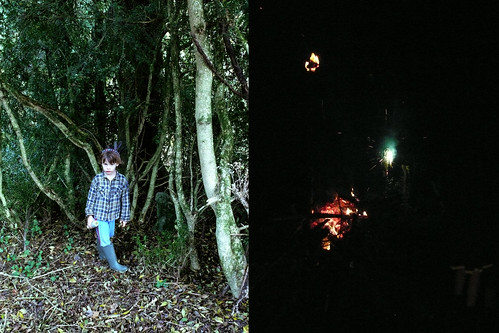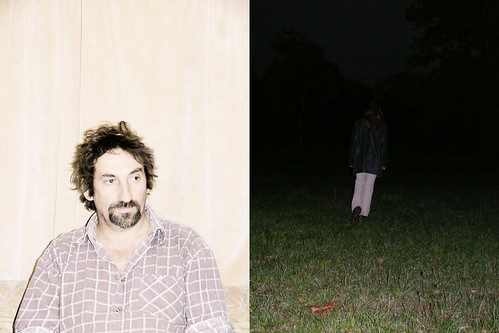As a teenager, I was a huge fan of John Cage. He seemed more cutting-edge than the coolest rock star. If it had been possible, I would have papered my bedroom wall with his posters. (I used to have recurring dreams of meeting Cage). But as with most teenage crushes, my enthusiasm waned. Eventually I came to find Cage and the whole Zen-mystique surrounding him almost embarrassing.
But I’ve been thinking about Cage a lot lately. I even pulled out his books from the same basement bookshelf that holds my senior high school yearbook. In Silence, his book of writing and lectures, I read the following story:
After I had been studying with him for two years, Schoenberg said, “In order to write music, you must have a feeling for harmony.” I explained to him that I had no feeling for harmony. He then said that I would always encounter an obstacle, that it would be as though I came to a wall through which I could not pass. I said, “In that case I will devote my life to beating my head against that wall.”
Twenty years after setting Cage aside, I have a whole new admiration for his head banging. Beneath all of the Zen gentleness I can see how hard he fought to push music to new places.
I thought about Cage often while reading For The Fighting Spirit of the Walnut. Originally published in 1982, but translated into English for the first time in 2008, Takashi Hiranide’s writing doesn’t look like traditional poetry. The book is composed of 111 interlinking prose paragraphs that often resemble Cage’s Indeterminacy lectures.
These poems range from the truly prosaic:
(28) I walk along the clear patch of sun that is still too cold for batting. Nevertheless, on the riverbed, the young boys shouting and pelting the abandoned car with stones.
To surreal:
(32) Why not use your fluttering tongue to wipe the sweat off of that starling who is trying to strip off her wings. It’s so distant of you, my arboreal lover on the outskirts of town. From the shadow of the clothes hanging in a thrift shop, a single antelope watches you. Steel-colored eyes of contempt.
To scientific:
(13) The strange insect called scarabaeus skillfully constructs round pellets from the dung of hoofed animals such as sheep, cows, horses, and takes them to an appropriate place to be slowly consumed. For its larvae, special pellets are made by selecting only the dung of sheep, which has the most nutritional value and is easiest to digest.
But many of my favorite “poems” are those which reflect back on the book’s own making:
(44) Verse finds strength in being segmented. Dependent on neither future nor past, it persistently dangles between line space and line space. Like a child who cries all alone in the dark for a long time, it tries to tear itself as far away as possible from the shadows of time. Moreover, they are the ones that are, through segmentation, placed into lines.
(77) I have been organizing fragments for a long time now. Individual cul-de-sacs filling a tote bag are each driven into a form with much less leeway, and before they manage to connect with one another, are left in the hands of yet another display-belt of chance. The longer the work continues, more hands that cross over from one fragment to another change into an intermediate term equivalent to a fragment.
While reading Fighting Spirit of the Walnut, I pictured Hiraide clawing away at the formal limitations of the medium, forcing it to do something it doesn’t normally do. As with Cage, this is achieved as much with silence as with sound. On his website, Hiraide describes himself as “one who writes and erases poems in Japanese.”
Hiraide’s “fighting spirit” ignited my own long-lost teenage obsessions for Cage and quiet boundary pushing. It also led me to crack open that old high school yearbook. For a long time I was embarrassed of my high school ‘Memories,’ but now I’m kind of proud:

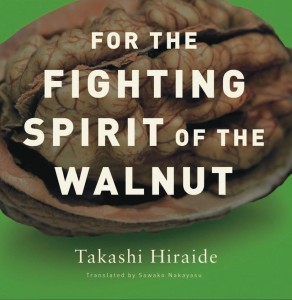
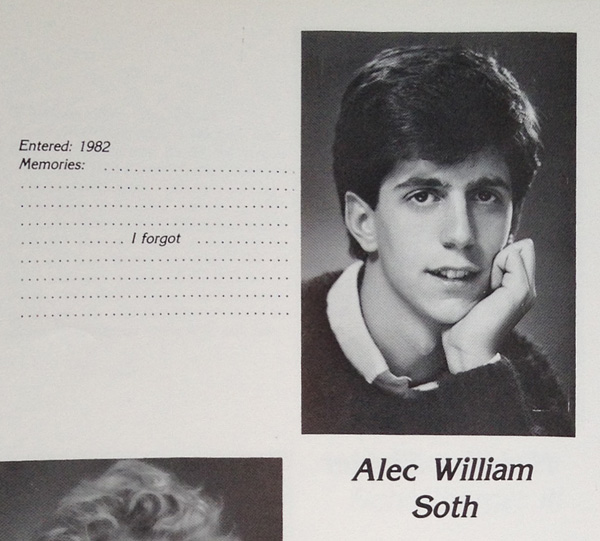
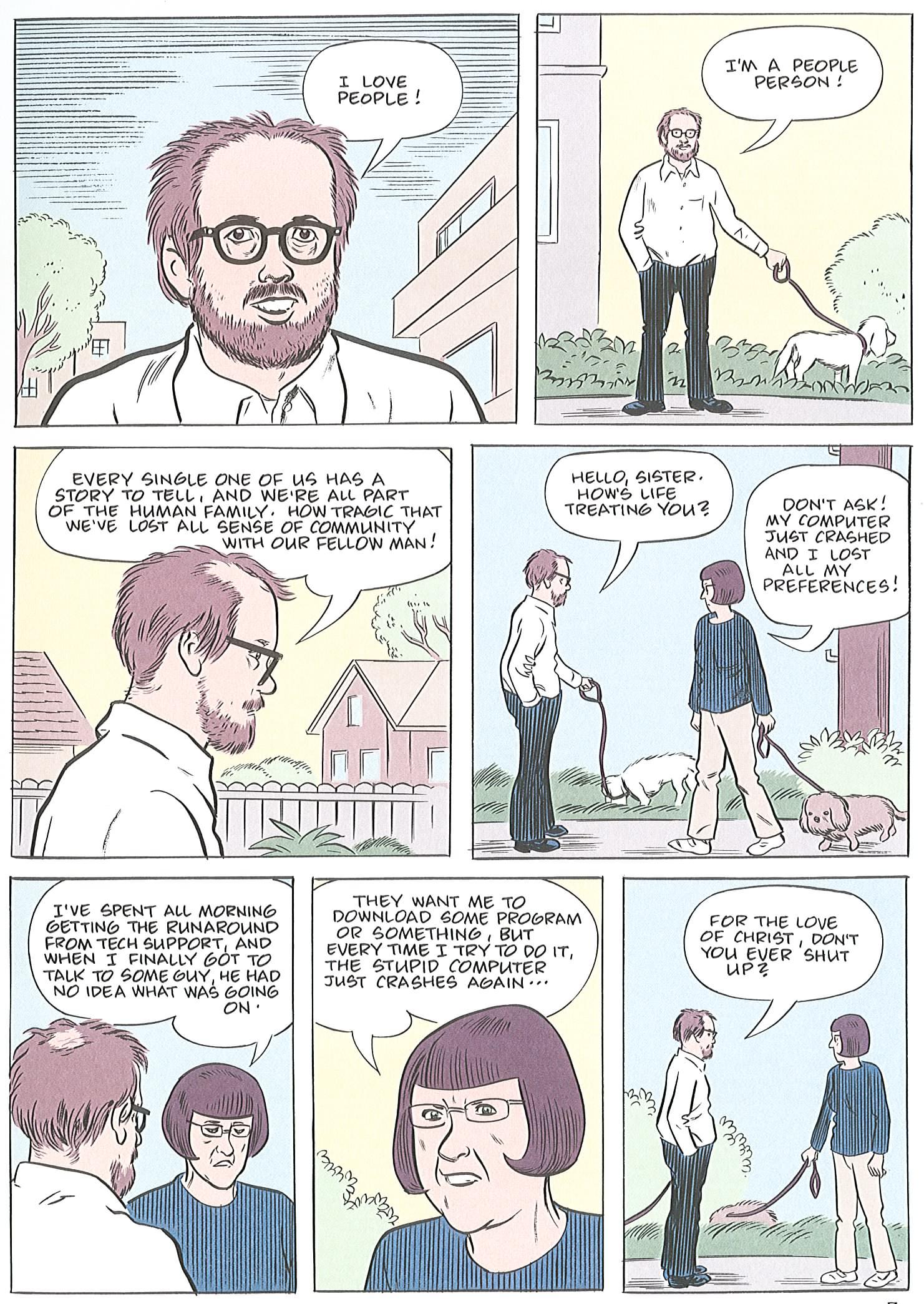
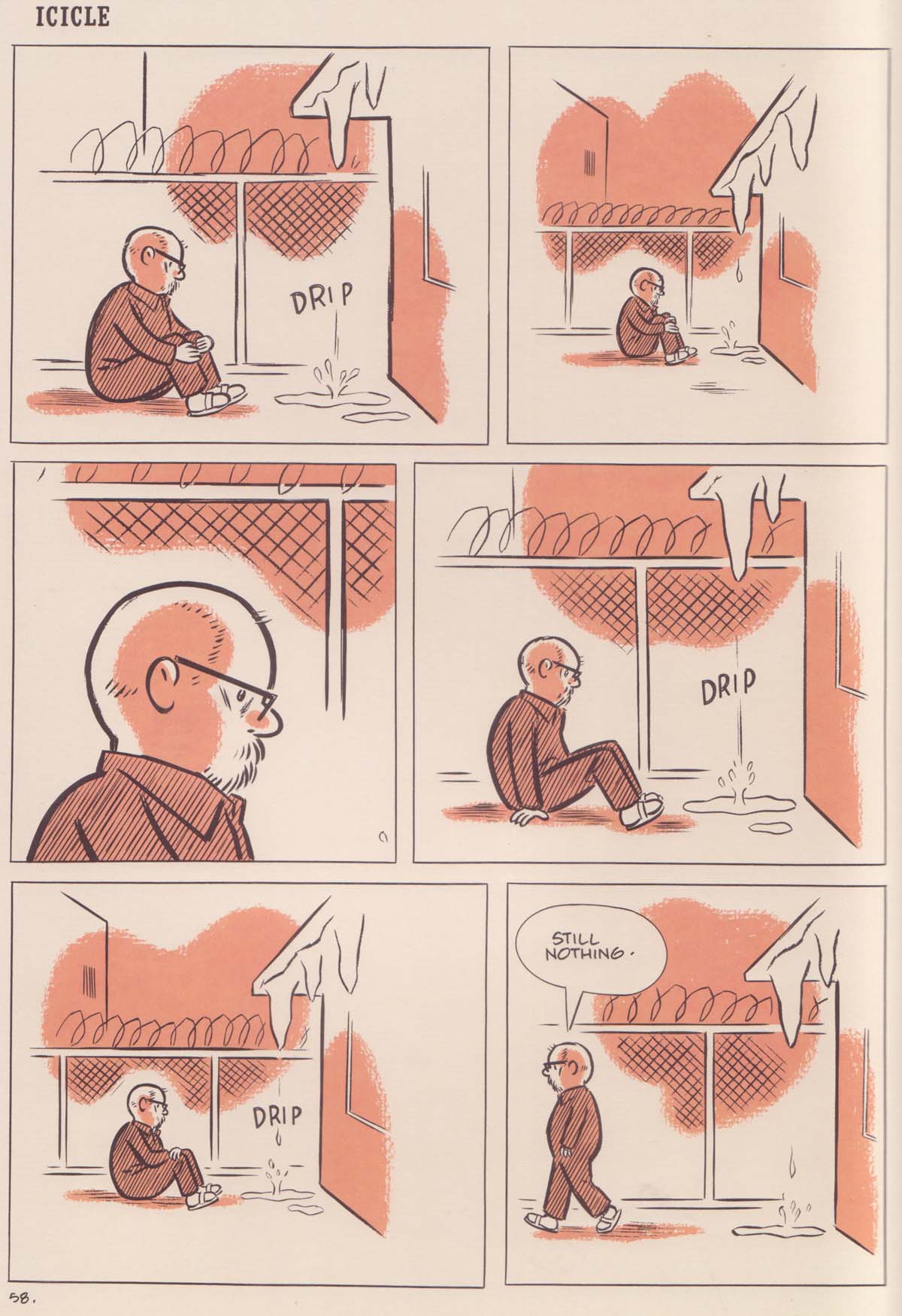
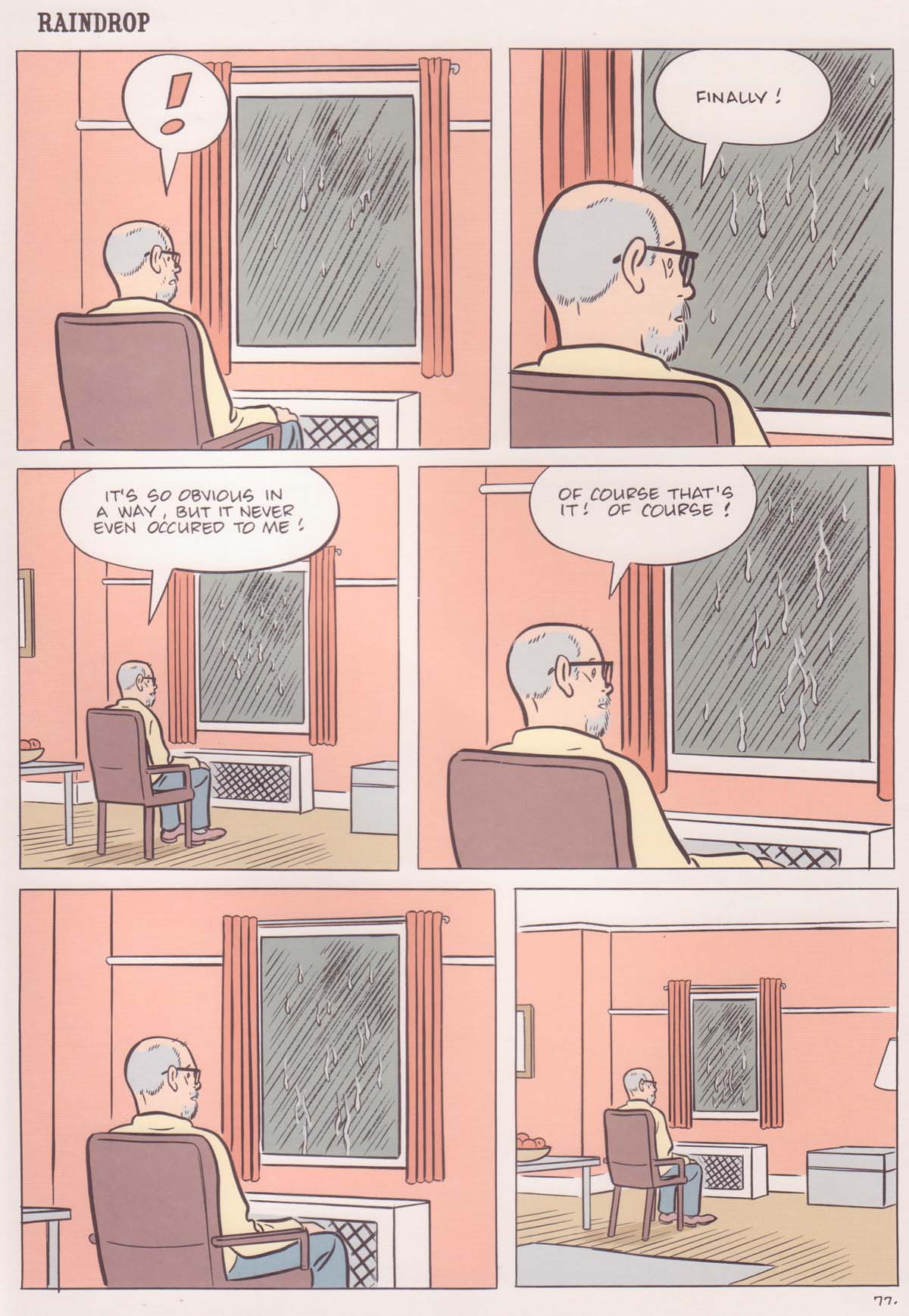
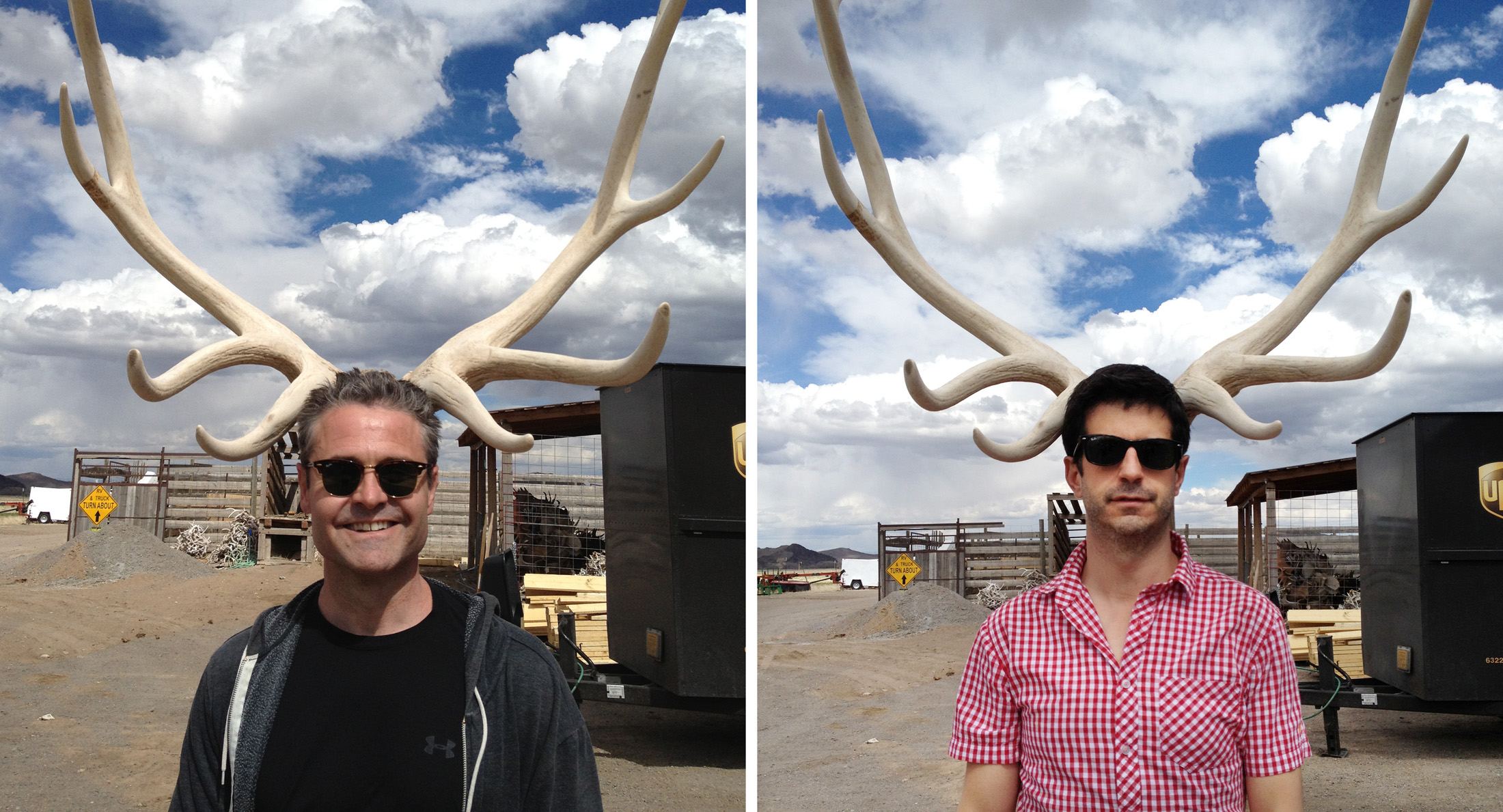


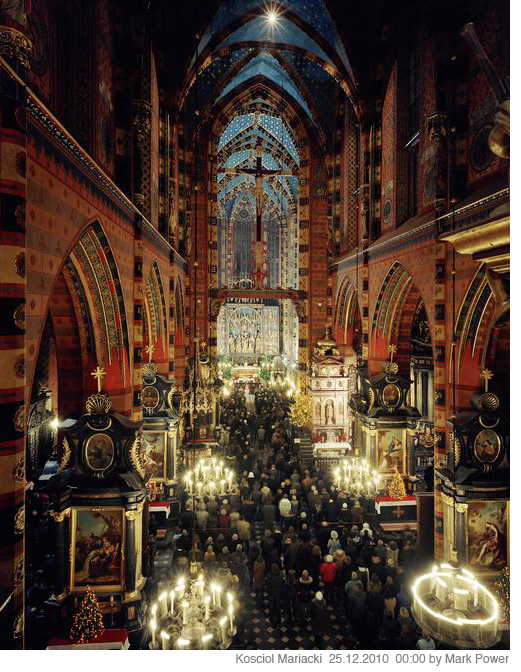





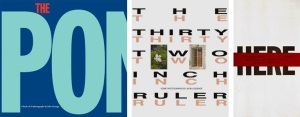



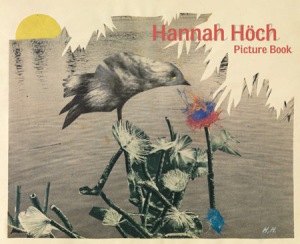



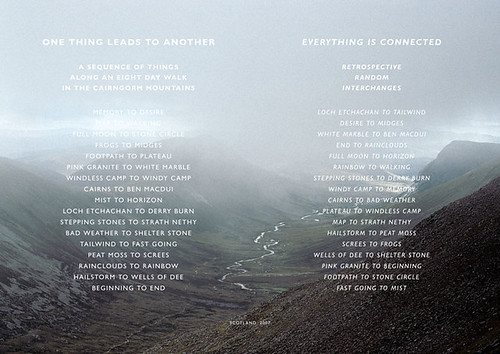
![No fun [by Jim Goldberg]](http://farm4.static.flickr.com/3546/3843311166_b21716a73f.jpg)


